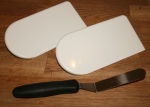The very wonderful Mary Berry has filmed a new series ‘Mary Berry Cooks’ which aired this week (Mondays 8.30pm, BBC2), and this week’s subject matter was Afternoon Tea.
This is a type of meal which is fairly close to my heart for obvious reasons and also a treat I like to indulge in, in celebration of life events. The idea that on a regular basis anyone needs 4 ‘meals’ a day is fairly ridiculous, but like the feasting we enjoy at Christmas, weddings and other high days and holidays, Afternoon Tea, preferably at a posh hotel and accompanied by a glass of Champagne to go with the tea and goodies really must sum up what we Brits do best to make you feel special. I had Tea at the Ritz as part of my Hen Party (a million years ago), and I had no problem convincing a whole bunch of female friends and relatives to munch through fabulous sandwiches, scones and cakes for an hour or two, despite the usually obsequious diets most of them generally adhered to.
Anyway, coming up with cake recipes and ideas these days is much like shutting the stable door after the horse has bolted, there’s not much left that hasn’t been tried already, however, reminding others of, perhaps forgotten, treats is the name of the game here.
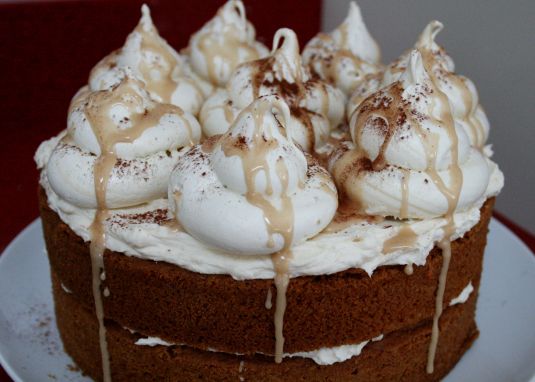 This is, as the title of the post suggests, Coffee Kahlua Crown cake. Meringue on top of cakes is a bit of a favourite of mine from the aesthetic point of view and although I have offered up something similar before it was a bit of a half-baked (!) affair, this is far more sophisticated both in looks and flavour.
This is, as the title of the post suggests, Coffee Kahlua Crown cake. Meringue on top of cakes is a bit of a favourite of mine from the aesthetic point of view and although I have offered up something similar before it was a bit of a half-baked (!) affair, this is far more sophisticated both in looks and flavour.
So essentially we have a coffee walnut sponge cake, 6 smallish meringues, butter icing and glace icing to decorate. Where to start; making the meringues perhaps.
Very straight forward really, the day before you plan on making the cake, you will need 3 medium egg whites and 150g caster sugar, you can add pinches of salt and vinegar and vanilla extract, but it’s not necessary, egg whites and sugar is enough!
So whisk the egg whites so that they form stiff peaks but the mixture hasn’t gone over and become ‘dry’. This is clear when you see it so whisk more circumspectly as you reach the stiff peak stage to see off this point. Then, turn the motor on the whisk down a bit and start adding dessert spoonfuls of sugar gradually allowing each spoonful to be fully incorporated before adding the next one. You are aiming for a stiff, glossy white state. It must hold it’s shape. You can colour the meringue if you wish at this point using colour pastes ideally, or not as the case may be.
Preheat the oven to 120°C/Fan 100°C and cover a couple of baking sheets with greaseproof paper. You can then either pipe the meringue using a nozzle like this → 
or just use 2 teaspoons to create blobs, a bit bigger than a golf ball, spacing them with room to expand a little on the baking sheets. this amount of mixture will probably make about 12.
Bake for 1 – 1.5 hours until hard to touch and slightly browned. Leave the door of the oven ajar to let them cool.
They will store for a couple of weeks in an airtight tin.
Next the cake: a Mary Berry recipe if the truth be told (and she must be credited) with a minor tweak.
So you will need: the oven on to 180°C/Fan 160°C, grease and line the bases of two 8″ sandwich tins.
The ingredients are as follows: 4 large eggs, 2 heaped teaspoons of instant coffee powder (use the fancier instant espresso as it’s more of a powder and less granular), 225g soft butter, 225g caster sugar, 225g self-raising flour, 2 level teaspoons of baking powder, 50g chopped walnuts.
It couldn’t be easier, crack the eggs into a jug and add the coffee powder and whisk together (yes really), weigh out all the other ingredients into a bowl and then add the egg/coffee mixture. Beat together until smooth. Divide between the two sandwich tins and level with a spoon. Bake for 25 minutes or so until a small sharp knife blade comes out clean and the cake is starting to come away from the edges. Leave to cool in the tins initially and them remove to a wire rack until cold.
To assemble: for the buttercream you will need 75g softened butter and 210g icing sugar, 1.5 tablespoon of milk and 1 tablespoon of Kalhua. Begin by beating the butter and sugar together, slowly initially to incorporate the sugar into the butter otherwise there will large sugar clouds everywhere. Then add the milk and Kahlua and turn up the mixer to beat quickly for 5 minutes. Stop half way through and scrape the sides down to ensure everything is mixed evenly.
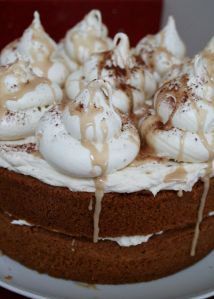 Lay the bottom half of the cake on a plate or cake stand, level the top of this layer with a long sharp serrated knife if necessary and then, coat with 2/3rds of the buttercream. Layer the top half of the cake on top and check whether it appears level. Spread the remainder of the buttercream thinly over the top of the cake and place the meringues (probably around 6) on top of the buttercream.
Lay the bottom half of the cake on a plate or cake stand, level the top of this layer with a long sharp serrated knife if necessary and then, coat with 2/3rds of the buttercream. Layer the top half of the cake on top and check whether it appears level. Spread the remainder of the buttercream thinly over the top of the cake and place the meringues (probably around 6) on top of the buttercream.
As a final flourish pop two spoonfuls of icing sugar in a small bowl and add just enough Kahlua to give a thick runny consistency so you can drizzle. Using a teaspoon go ahead and drizzle this icing over the meringue and cake. Dust with a little cocoa powder if you like.
The crowning glory of an Afternoon tea.

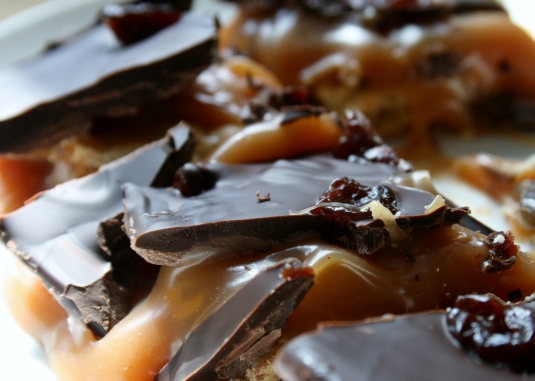
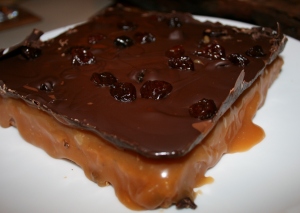




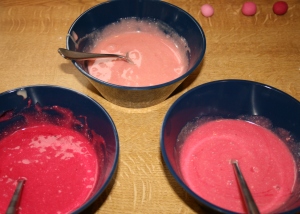
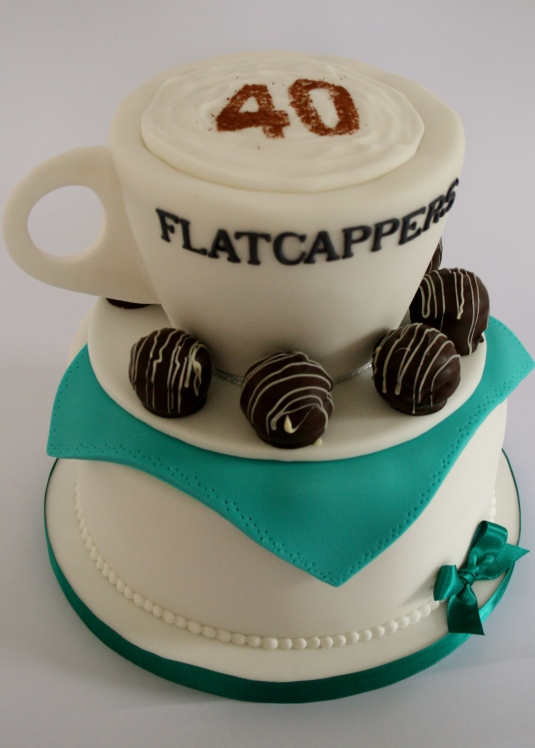
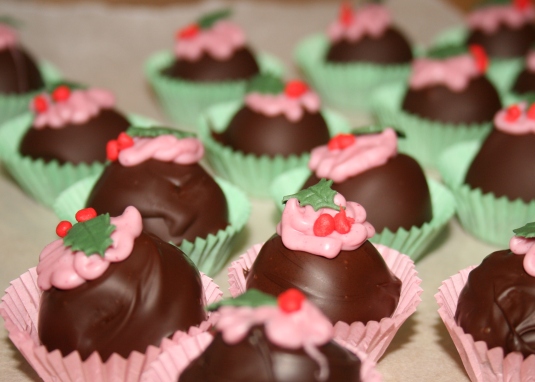

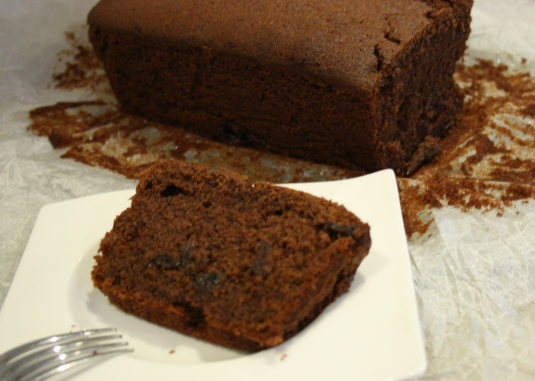

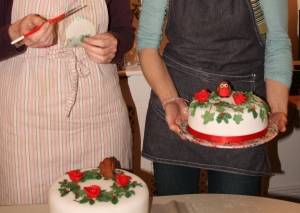

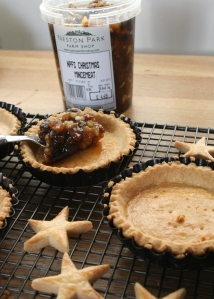 So on with the mincemeat tarts. I am including a recipe for this as they are a Christmas staple, unfortunately widely overlooked as a culinary delight and easily relegated to shop bought status. However with a little bit of forethought, care and attention can provide a delicious dessert all on their own with a little cream or ice-cream and easy peasy to produce at a stressful time.
So on with the mincemeat tarts. I am including a recipe for this as they are a Christmas staple, unfortunately widely overlooked as a culinary delight and easily relegated to shop bought status. However with a little bit of forethought, care and attention can provide a delicious dessert all on their own with a little cream or ice-cream and easy peasy to produce at a stressful time.
